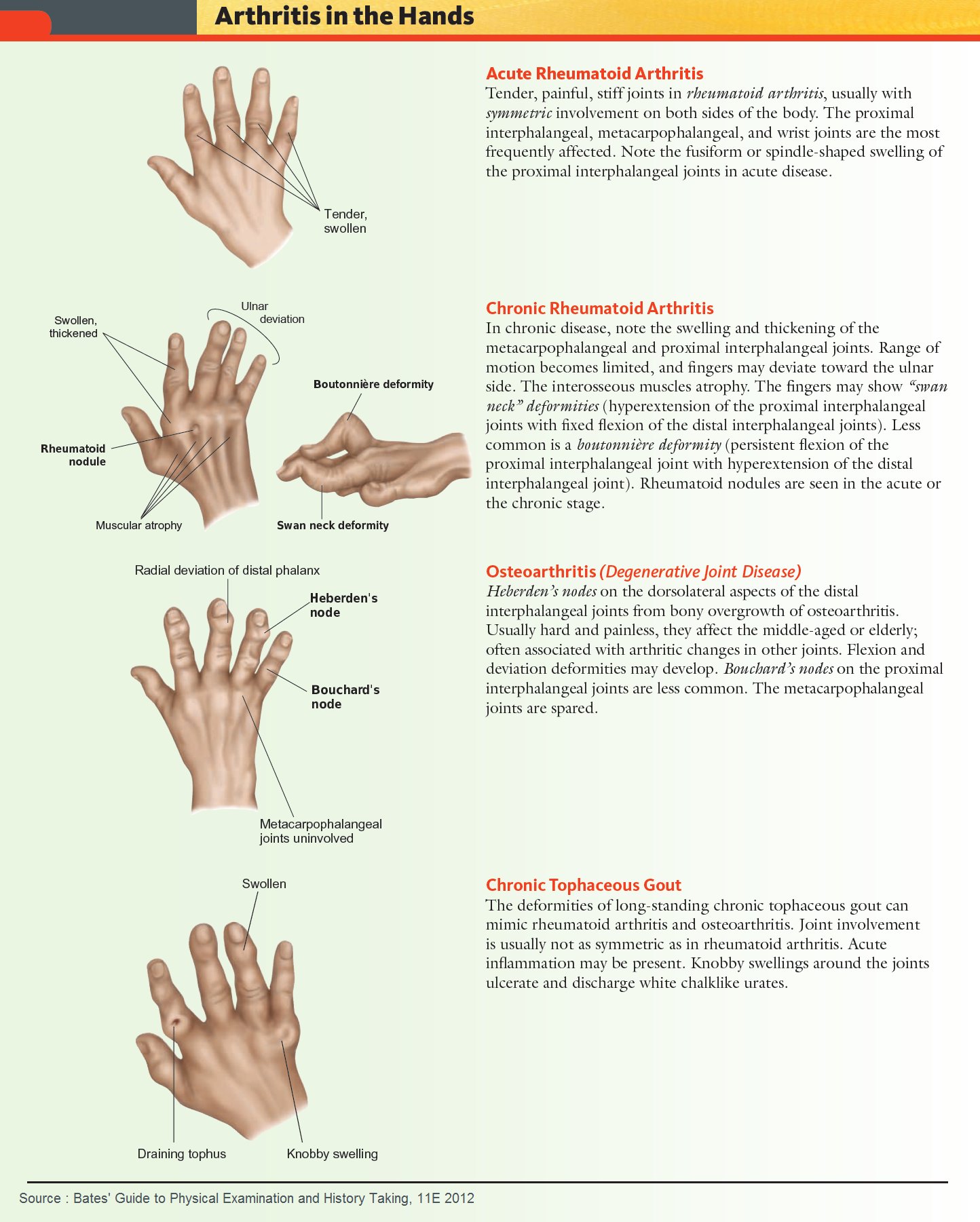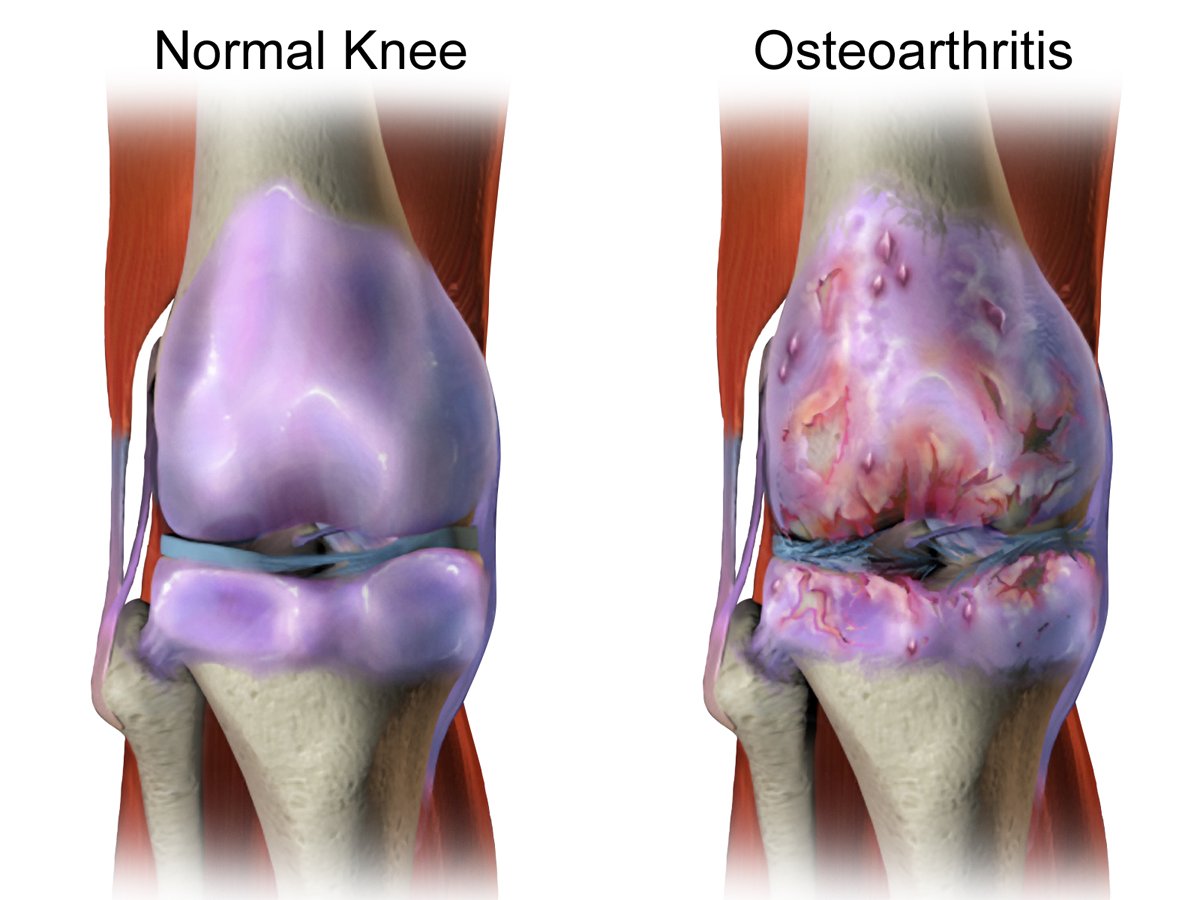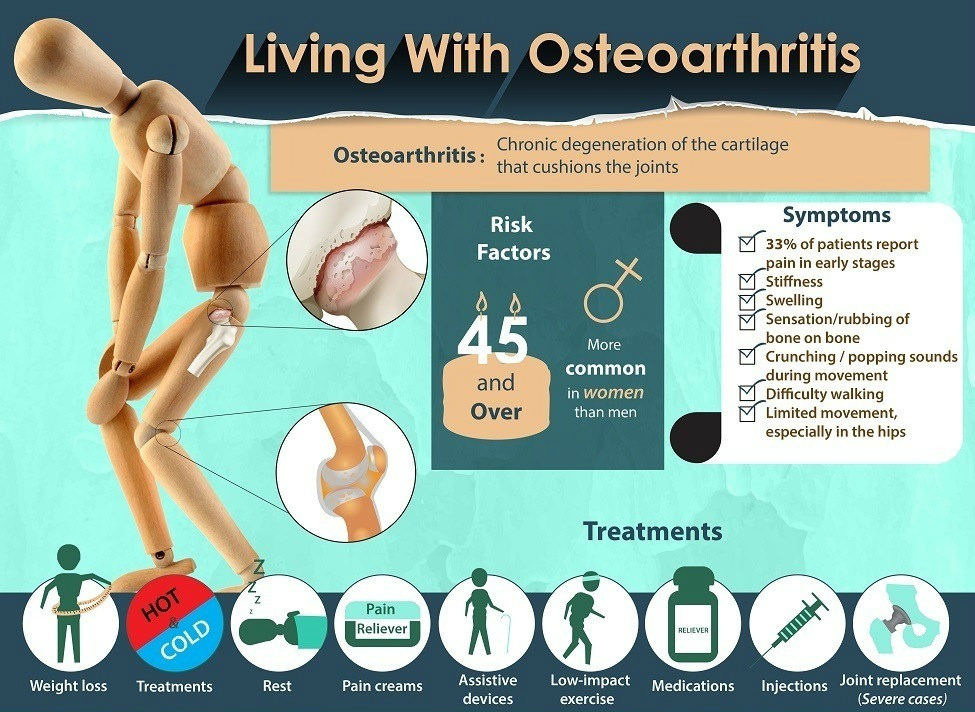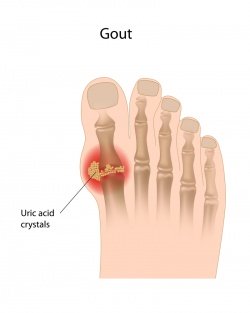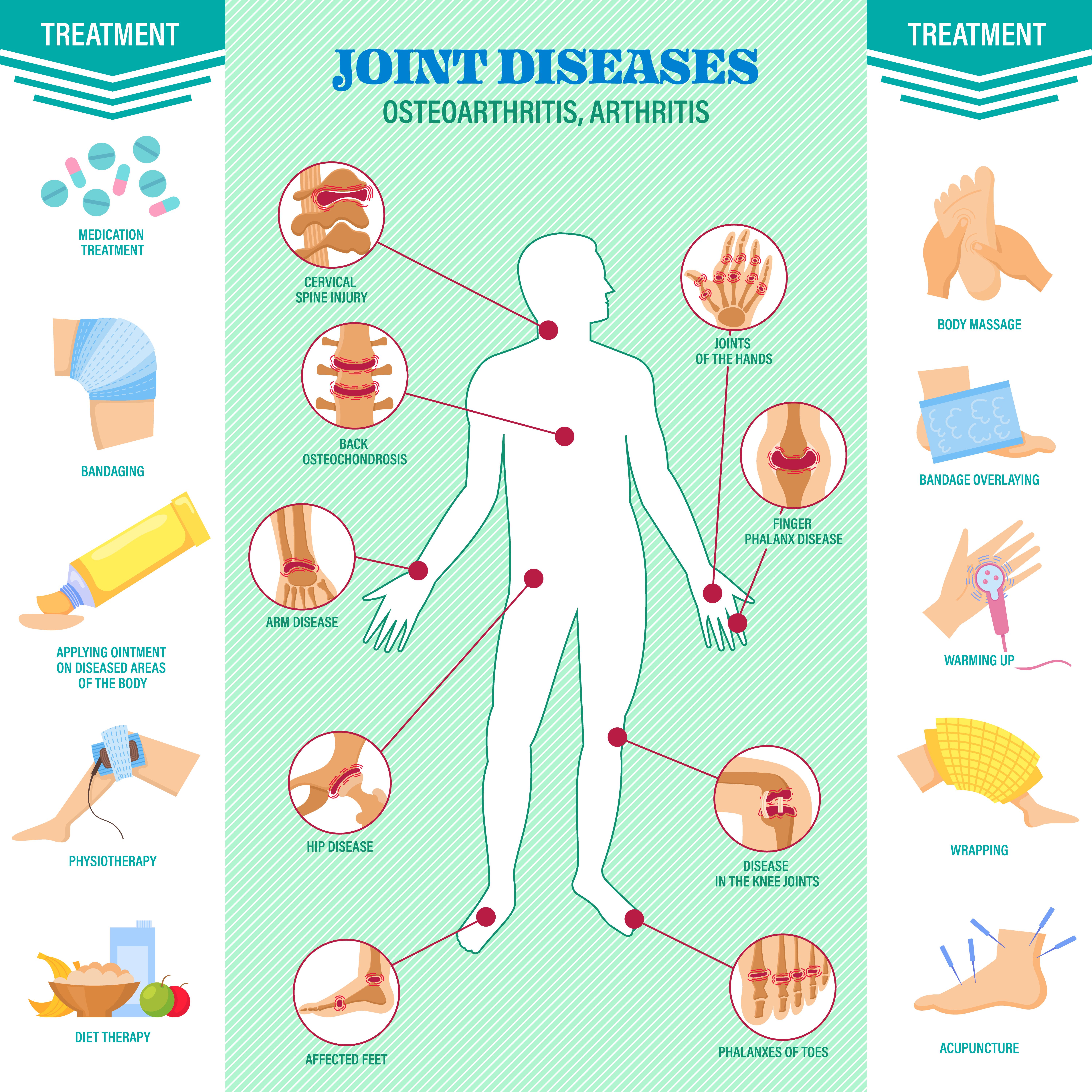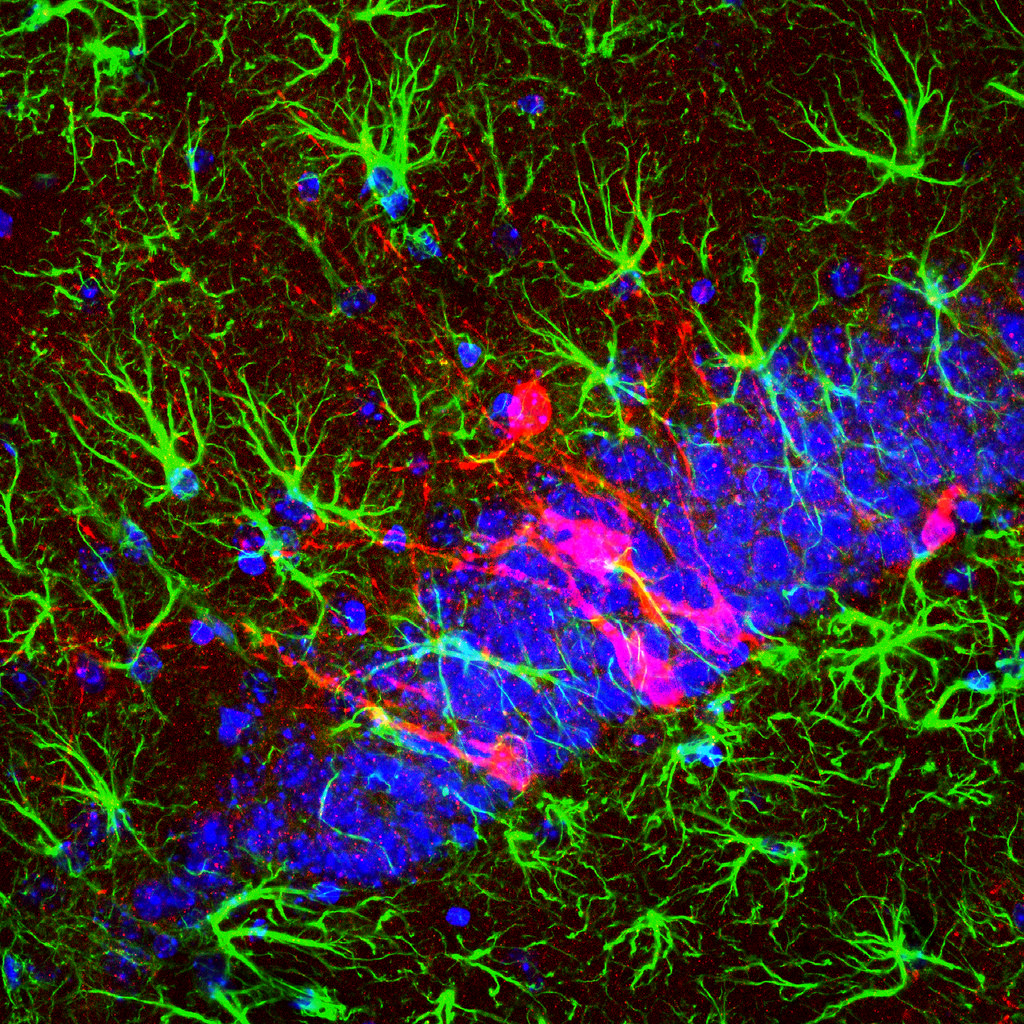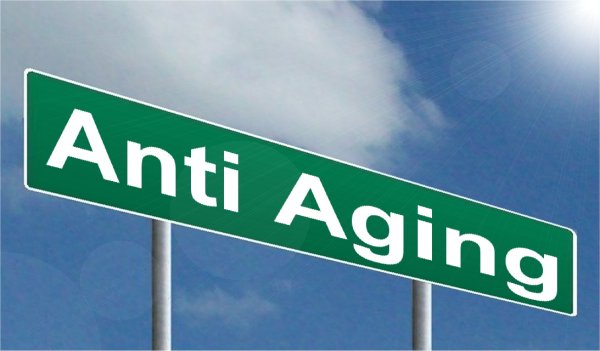What is Rheumatoid Arthritis?
関節リウマチとは何ですか?
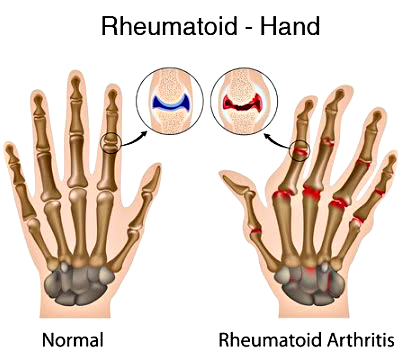
Rheumatoid arthritis is a disease of the joints, usually the smaller joints of the body. Many people believe wrongly that this is always a disabling, severe condition. In fact, it may be mild and can be well controlled using modern medicine. It is not infectious, but no one is able to say what triggers it. There is no cure for this condition, but all patients can be treated.
WHAT ARE THE SYMPTOMS OF RHEUMATOID ARTHRITIS?
类风湿关节炎的症状是什么?
Rheumatoid Arthritis symptoms will vary a great deal from person to person, as well as from day to day. However, some of the common symptoms include:
· Stiffness and tenderness of the small joints, especially of the wrist, hands and feet (the base of the fingers, thumbs or toes can be affected; less commonly it can affect the larger joints such as the knee, shoulder, ankle and neck)
· Tiredness
· Morning stiffness
In summary, the main symptoms are pain, stiffness and swelling of the small joints.
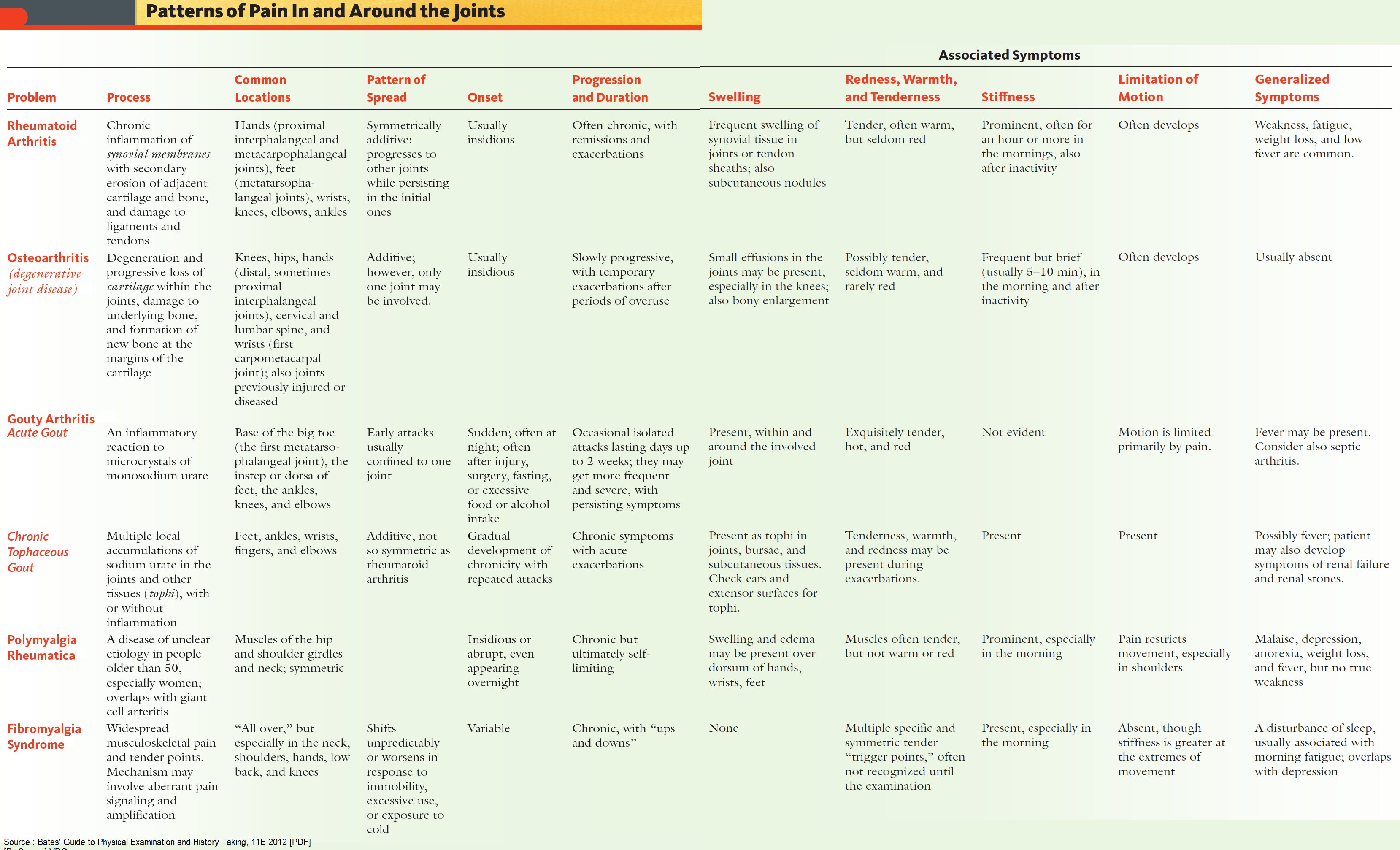
HOW IS RHEUMATOID ARTHRITIS DIAGNOSED?
After being suspected by the doctor upon examination, rheumatoid arthritis can usually be diagnosed by tests, including x- rays of the hands and special blood tests.
HOW COMMON IS THE PROBLEM?
About 2 persons in 100 suffer to some extent from rheumatoid arthritis. It is more common in females. Most sufferers are between 40 and 60 years of age, but the disease can affect people in any age group, even in juveniles (Juvenile Rheumatoid Arthritis or JRA). However, the majority of patients have little or no long- term problems and only 1 patient in 10 is severely affected.
WHAT ARE THE RISKS OF RHEUMATOID ARTHRITIS?
In severe cases the swollen and deformed joints may become partly or completely dislocated, causing considerable discomfort and problems with walking if the knee or foot joints are affected. The tendons may become so weak that they can snap. A special problem is the neck, which can become unstable so that manipulative procedures can be dangerous and cause paralysis.
Difference between Osteoarthritis and Rheumatoid Arthritis
骨关节炎和类风湿关节炎的区别
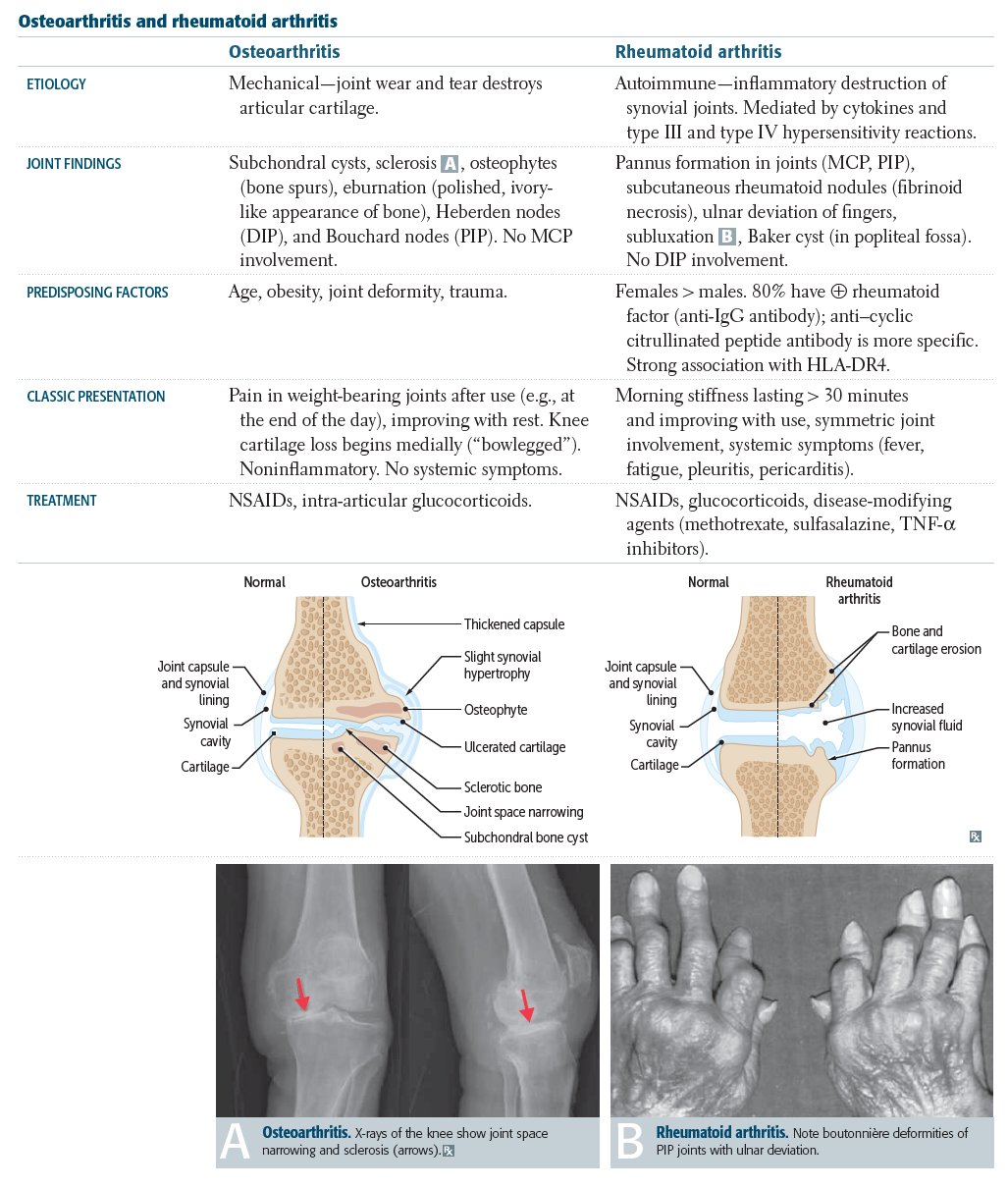
WHAT IS THE TREATMENT FOR RHEUMATOID ARTHRITIS?
EXERCISE
It is important to keep fit. Walking and swimming are to be encouraged. Many local councils and physiotherapists offer swimming and other forms of hydrotherapy in heated pools. Home exercise routines to prevent muscle weakening can be provided by your physiotherapist or doctor.
REST
Rest is important and depends on how you feel. It must be sensibly balanced with exercise. If an exercise causes pain, it should be altered or reduced.
JOINT MOVEMENT
Each joint affected should be put through a daily full range of motion to keep it mobile and to reduce stiffness. Protect any weakened joints or tendons by lifting gently and smoothly rather than in a jerking motion.
HEAT AND COLD
For stiff joints a hot-water bottle, warm water or a heat lamp can help. For morning stiffness an electric blanket or a warm shower can be helpful. Sometimes cold packs or water are appropriate, for example over a hot, tender joint.
DIET
There is no special diet. No specific food has caused arthritis and no specific diet will cure it. However, a nourishing and well-balanced diet including adequate fibre will promote health and a sense of well-being. Maintain a normal weight to lessen the burden on your joints.
RHEUMATOID ARTHRITIS MEDICATION
There are many effective pain-killing and anti-inflammatory drugs available to treat rheumatoid arthritis. The basic drug is likely to be aspirin in high doses, but it can cause ringing in the ears and other unpleasant effects. Your doctor may have to experiment for a time before finding the best drugs for you.
SURGERY
Occasionally surgery may help if a particular joint is severely inflamed by removing the inflamed lining called the synovium. In later stages it may be possible to replace a badly damaged joint with an artificial joint.
SUPPORT
Excellent leaflets and practical help are available from the Arthritis Foundation in your city. These include information about and access to a wide range of inexpensive equipment and tools that can assist your daily living.
Please seek Medical attention as soon as possible if you are unsure of you or your family's health condition.
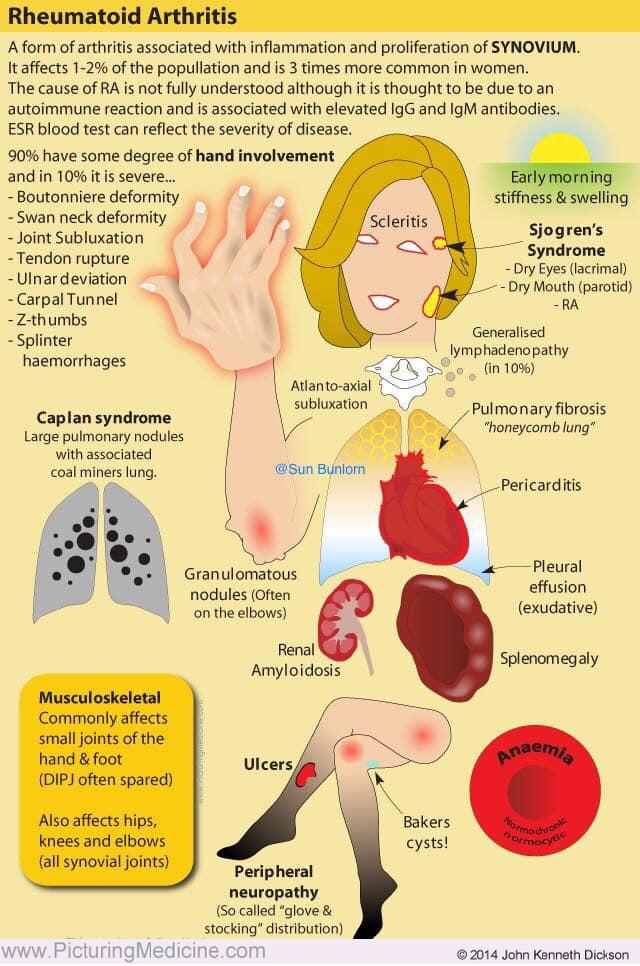
Management of Joint Pains & Gout
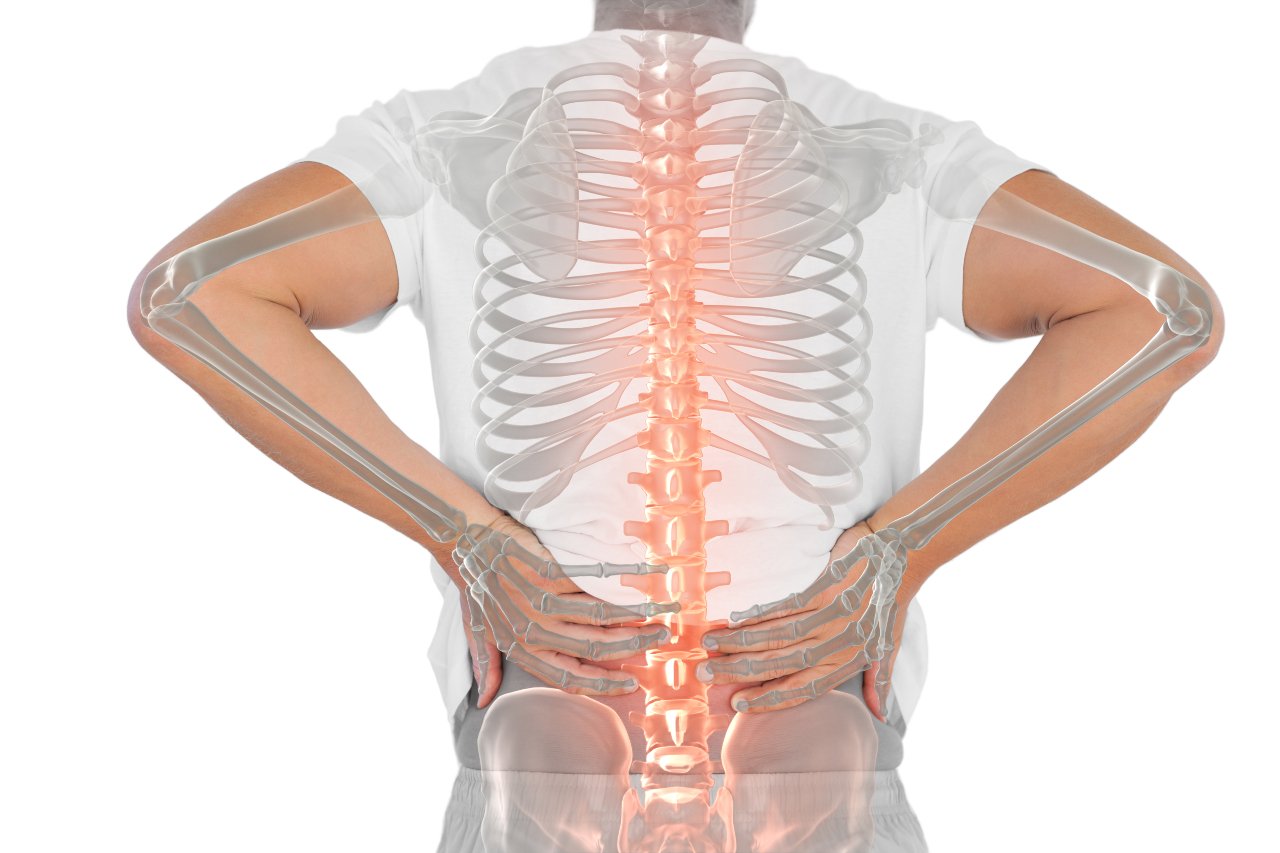
Back Pain and Your Brain: William S. Marras at TEDxOhioStateUniversity
Ph.D., CPE. William S. Marras holds the Honda Endowed Chair in the Department of Integrated Systems Engineering at the Ohio State University. He serves as the director of the Biodynamics Laboratory and is in the process of developing the Spine Research Institute at The Ohio State University. Dr. Marras also holds joint appointments in the Departments of Orthopaedic Surgery, Physical Medicine & Rehabilitation, as well as Biomedical Engineering.
His research is centered on musculoskeletal causal pathway investigations including occupational biomechanical epidemiologic studies, laboratory biomechanics studies, mathematical modeling, and clinical studies of the spine. His findings have been published in over 200 peer reviewed journal articles and numerous books and book chapters including a recent book entitled "The Working Back: A Systems View." Professor Marras was the past Chair of the Board on Human Systems Integration at the National Research Council (NRC). He is currently Editor-in-Chief of Human Factors, Deputy Editor of Spine, and has been elected to the National Academy of Engineering (the National Academies).
Dominic D'Agostino: Metabolic Therapies: Therapeutic Implications and Practical Application
Metabolic therapies that induce a state of mild ketosis from caloric
restriction or the ketogenic diet offer neuroprotection against a wide
range of pathologies, and continues to be an emerging strategy for the
metabolic management of cancer. Severe dietary restriction of calories
or carbohydrates is typically needed to produce a level of ketosis that
achieves therapeutic benefits. Interestingly, the strategy to use
exogenous ketones as an alternative fuel has not been exploited
therapeutically. When administered orally in controlled dosages, ketone
esters and other ketogenic agents can lower glucose and elevate plasma
ketone levels comparable to levels achieved by the most rigorous
ketogenic diets. Metabolic therapies in the form of ketone
supplementation offer a safe, convenient, and versatile new treatment
approach for a variety of diseases, including seizure disorders,
neurodegenerative diseases and cancer.
Dominic D’Agostino is an
Assistant Professor at the University of South Florida’s Morsani College
of Medicine. Dr. D’Agostino teaches in the Department of Molecular
Pharmacology and Physiology with an emphasis on such topics as
Biochemistry, Neuropharmacology and Nutrition. His research is focused
on developing and testing nutritional strategies for promoting healthy
weight loss and enhancing cognitive and physical performance. In
addition, his research aims to develop and test specific metabolic
therapies and supplements for neurological diseases and cancer. Dr.
D’Agostino’s research is supported by the Office of Naval Research
(ONR), Department of Defense (DoD) and private foundations.
Healthy Diets for Optimal Health
|
The information provided in this website is for knowledge purposes only. It does not constitute medical advice.
Should you encounter any medical problem that you are unsure of, always consult your doctor or health care provider for assistance and medical advice.
